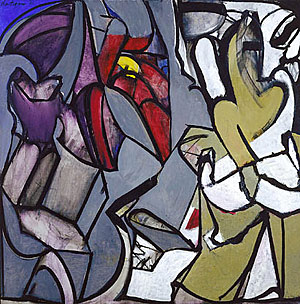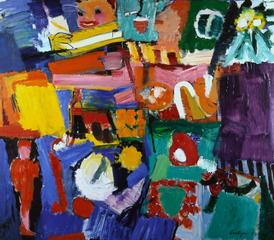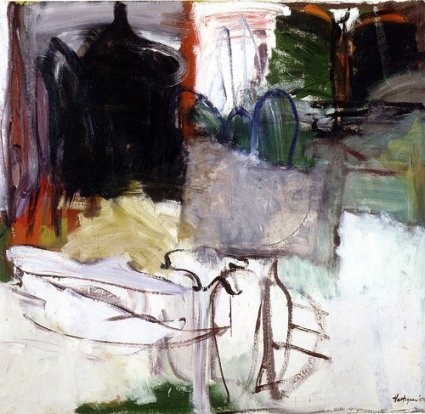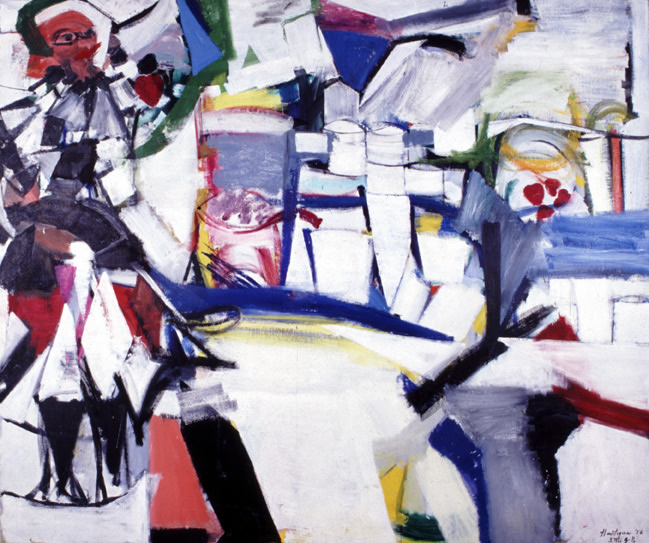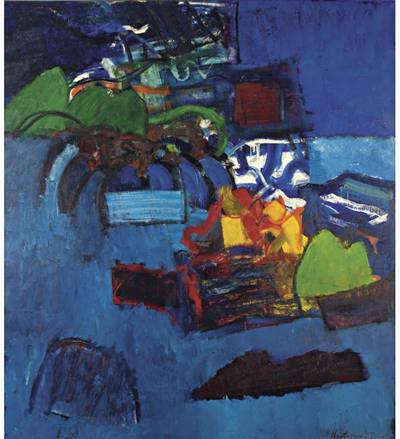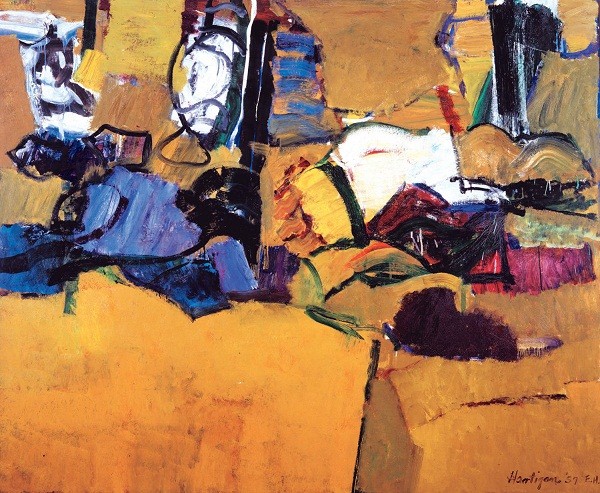<Back to Index>
- Painter Balcomb Greene, 1904
- Painter Grace Hartigan, 1922
PAGE SPONSOR
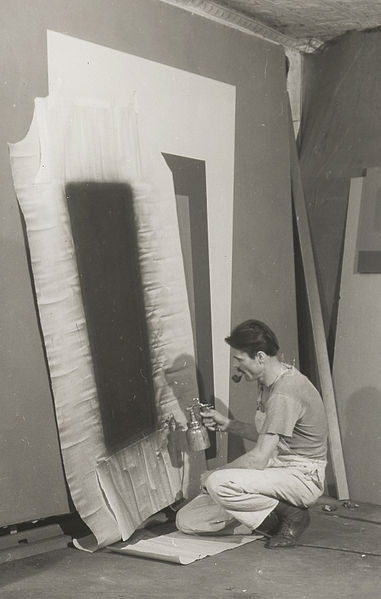
Balcomb Greene (1904 – 1990) and his wife, artist Gertrude Glass Greene, were heavily involved in political activism to promote mainstream acceptance of abstract art. They were founding members of the American Abstract Artists organization. His early style was completely non - objective. Juan Gris and Piet Mondrian as well as Pablo Picasso and Henri Matisse influenced his early style. From the 1940s his work "opened out to the light and space of natural form." He painted landscapes and figure. "He discerned the pain of a man, and hewed to it integrally from beginning to end…. In his study of the figure he did not stress anatomical shape but rater its intuitive, often conflicting spirit."
Balcomb Greene contributed to modernist cause through his
writings: "It is actually the artist, and only he, who is
equipped for approaching the individual directly. The
abstract artist can approach man through the most
immediate of aesthetic experiences, touching below
consciousness and the veneer of attitudes, contacting the
whole ego rather than the ego on the defensive."
Balcomb (John Wesley) Greene was born on May 22, 1904, Millville, New York.
He studied from 1922 to 1926 at Syracuse University, where he received his BA degree. In 1927 he studied English literature at Columbia University. Greene taught English literature at Dartmouth College from 1928 to 1931. In 1931 he went to Paris and studied art at the Académie de la Grande Chaumière.
Soon after his return to New York in 1933 he realized that his true interest was painting. He started "to work for the Emily Francis Contemporary Gallery, a non - profit organization that showed particular interest in American artists and had exhibited the work of Bradley Walker Tomlin and Mark Tobey." In 1935 he became the first president of the Artists' Union and in 1936 the first chairman of the American Abstract Artists (AAA). In the late 1930s he was employed by the New York mural division of the Federal Art Project (WPA), and completed abstract murals for the Williamsburg Houses (Brooklyn Museum, on long term loan from the New York City Housing Authority) and the Public Health Building of the 1939 New York World's Fair (destroyed). Also in 1939 and 1941 he was reelected as chairman of American Abstract Artists, but resigned from that organization in 1942, when he began a career as a professor of art history and aesthetics.
After receiving his master's degree in art history (New York University, 1943), Greene taught at Carnegie Institute of Technology, Pittsburgh, while also continuing to pursue a career as an artist. Gertrude Greene stayed in New York, and the couple shared a studio on Montauk, Long Island, during summer breaks. Greene worked alone to pursue his solitary style but at the same time he was familiar with the Abstract Expressionist movement. He wrote in Art News, "The Fourth Illusions, or Hunger for Genius" "A picture is painted of modern art that arranges all participants into movements, like well behaved Englishmen in clubs." In spite of his conviction he agreed to participate in the invitational New York Painting and Sculpture Annuals organized by the New York School artists in 1954, 1955 and 1957.
Greene granted interviews to Jacqueline Moss, who was researching his wife for her master's thesis, published in 1980.
Balcomb Greene died November 12, 1990, in Montauk Point, New York.
His first solo shows were in Paris in 1937, and at J.B. Newmann's New Art Circle, in New York, in 1947. From 1950 to 1961 he exhibited annually at Bertha Schaefer Gallery, New York, where his 1950, 1955 and 1956 exhibitions were nominated by Art News as among the year's ten best. He exhibited at the American University, Washington, D.C.. In 1961 Balcomb Greene had a retrospective exhibition at the Whitney Museum of American Art, New York City in 1961. The same year had solo exhibitions at the Everhart Museum, Scranton, Pennsylvania; at the Carnegie Institute in Pittsburgh, Pennsylvania; at Mount Holyoke College, South Hadley, Massachusetts; Bowdoin College, Brunswick, Minnesota; University of Massachusetts, Amherst; Munson - Williams - Proctor Institute Utica, New York. He continued to have one man shows at the Saidenberg Gallery in New York from 1962 to 1968. He had several other solo exhibitions: Feingarten Gallery, Los Angeles, in 1963 and 1964. He had solo exhibitions in 1965 at the University Gallery, University of Florida. Gainsville, and at the Tampa Art Institute, Tampa, Florida. He had solo shows in 1966 at the Phoenix Art Museum, Phoenix, Arizona, and at the Main Street Galleries, Chicago. He had solo exhibitions at the Adele Bednarz Galleries, in Los Angeles from 1966 to 1969 and also in 1971, 1972 and 1974. From 1967 to 1969 Balcomb Greene had solo shows at the Brenson Galleries, in Bal Harbour, Florida. From 1974 to 1977 he had solo exhibitions at the Harmon Gallery in Naples, Florida, and in 1977 also had a solo exhibition at the ACA Galleries, in New York City.
Balcomb Greene in 1976 was given the Altman First Prize in Figure Painting and the same year he became the member of the National Institute of Arts and Letters.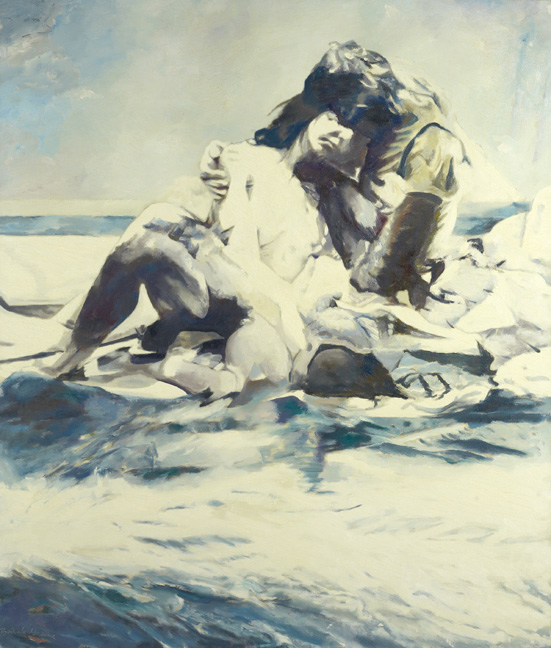
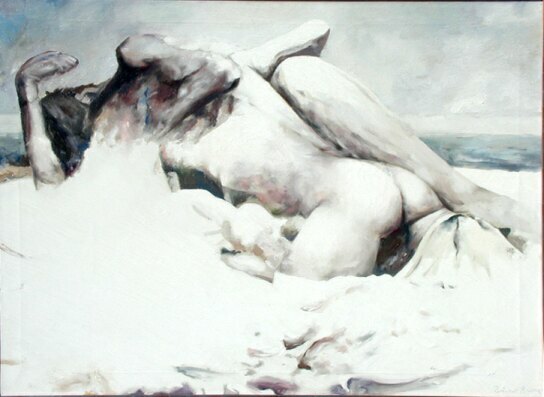
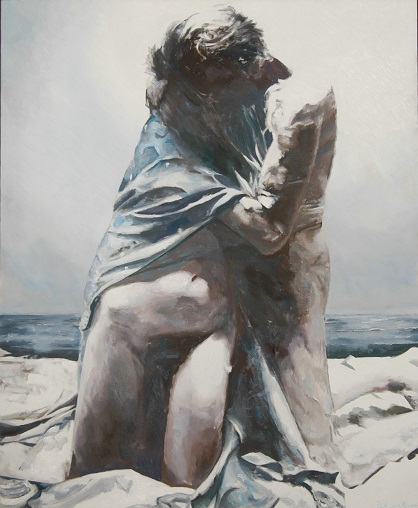
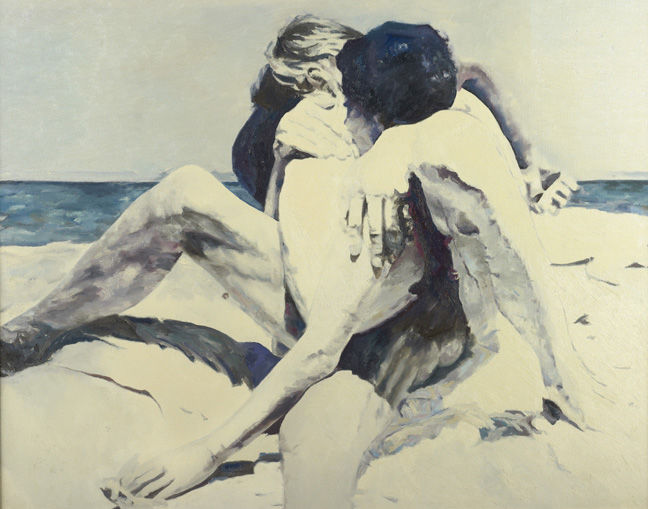
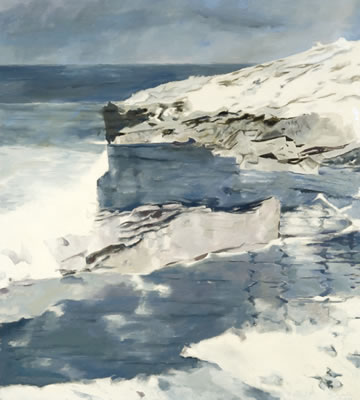
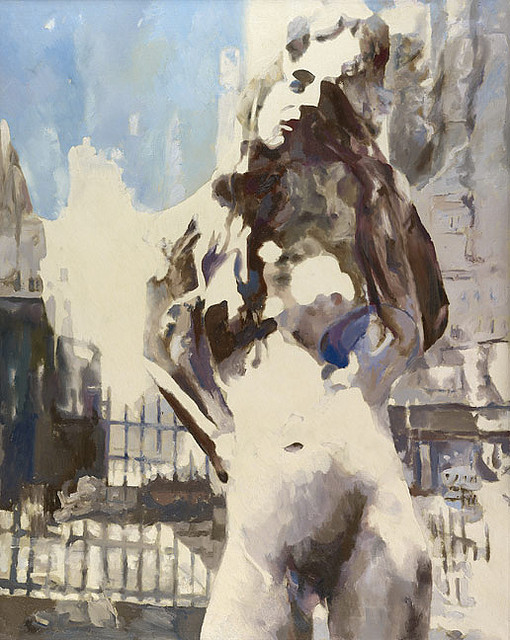
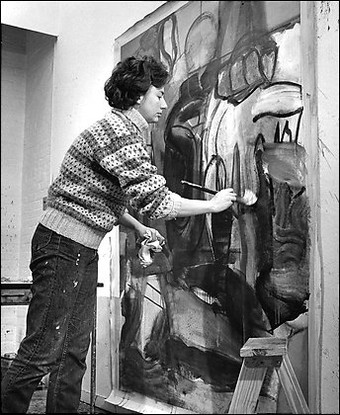
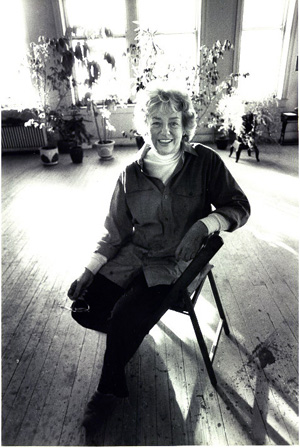
Grace Hartigan (March 28, 1922 – November 15, 2008) was an American Abstract Expressionist painter of the New York School in the 1950s.
Grace Hartigan gained her reputation as part of the New York School of artists and painters that emerged in New York City during the 1940s and '50s. She was a lively participant in the vibrant artistic and literary milieu of the times, and her friends included Jackson Pollock, Larry Rivers, Helen Frankenthaler, Willem and Elaine de Kooning, Frank O'Hara, Knox Martin, and many other painters, artists, poets and writers. She was the only woman artist in the Museum of Modern Art's legendary The New American Painting exhibition which toured Europe in the late 1950s.
Hartigan relocated to Baltimore, Maryland, in the 1960s where she resided until her death. Over the years she has had dozens of solo exhibits, as well as participating in group shows for galleries such as Tibor de Nagy and Martha Jackson in New York, and her paintings are held by prestigious museums such as the Metropolitan Museum and the Whitney Museum of Art. From 1965 on she worked at the Maryland Institute College of Art (MICA), where she was the director of the Hoffberger Graduate School of Painting (Maryland Institute College of Art MFA Programs).
In 1979 the C. Grimaldis Gallery introduced Grace
Hartigan's work to Baltimore,
Maryland, with the "Paintings Of The Seventies"
solo exhibition. She continued on to have a solo
exhibition at The Baltimore
Museum of Art the following year. In
a feature article in The Baltimore Sun Sunday Magazine
Cherrill Anson wrote, "The most celebrated woman painter
in the United States today, Miss Hartigan has made her
studio in a four story former rag factory a block from the
waterfront for two years - ever since she married the
Johns Hopkins scientist Dr. Winston H. Price and moved to
Baltimore from New York." The C. Grimaldis
Gallery remains Grace Hartigan's primary representation in
Baltimore since the beginning of their relationship in
1979 and has continued as the executor of her estate since
2008. From 1965 until 2008 Hartigan was the Chair of the Hoffberger School of Painting
at the Maryland Institute College of Art.
